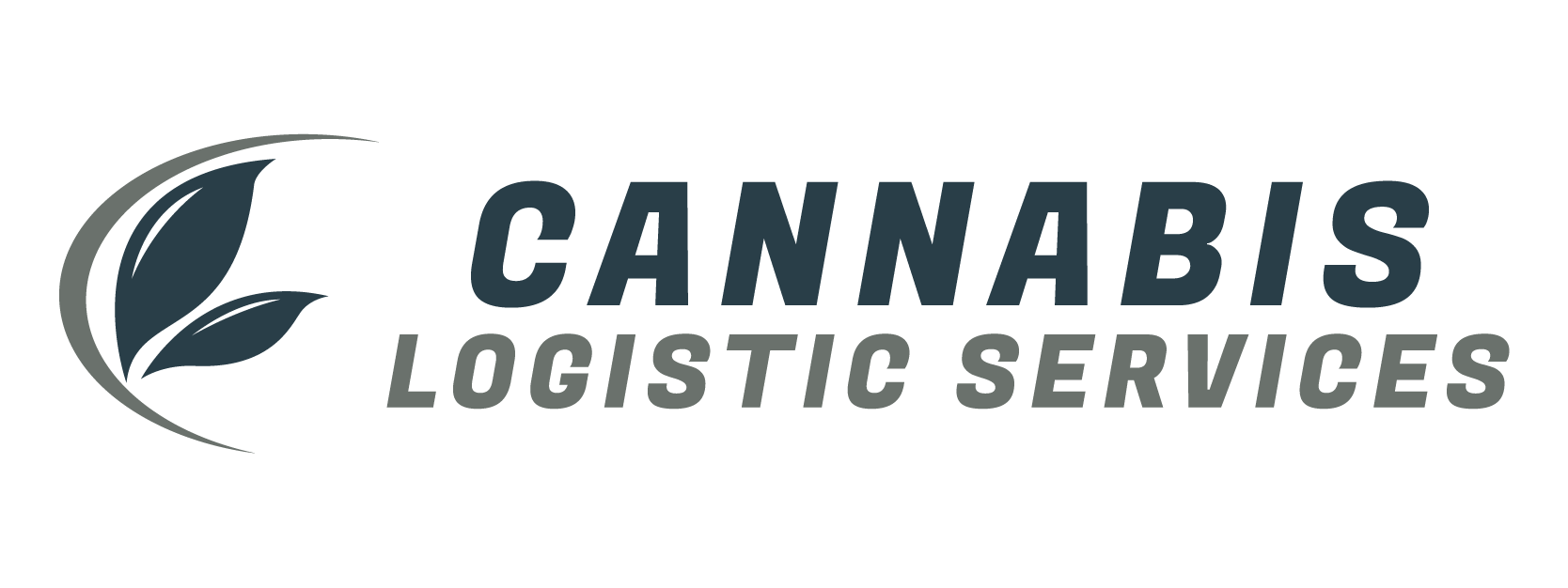The fragmented nature of cannabis regulation in America is evolving—but interstate transport remains illegal under federal law. At present, all cannabis remains a Schedule I substance and crossing state lines with it constitutes a felony. This isolation forces states to rebuild cultivation, processing, and distribution networks from scratch—even when neighboring jurisdictions already produce high-quality flower. Multi-state operators spend heavily duplicating facilities, with no ability to centralize logistics.
The Dormant Commerce Clause vs Federal Prohibition
State-level bans on importing cannabis conflict with the Constitution’s Dormant Commerce Clause, which limits protectionist state policies. Legal analysts argue that once enough states legalize, interstate commerce bans may become unconstitutional—enabling marketplaces to connect across state lines. A pair of lawsuits, such as Maine’s residency requirement challenge, have already forced regulatory rollbacks, and more court decisions are on the horizon. However, federal Schedule I classification still partakes in blocking commerce, as highlighted by the Supreme Court’s Gonzales v. Raich (2005) decision.
Federal Pathways: Rescheduling and Legislation
Federal reform, not just judicial activism, is essential. A pending DEA rule to reschedule cannabis to Schedule III could remove the hardest legal barrier—enabling standardized tax treatment and easing transport penalties. Legislative initiatives, such as the STATES Act (“STATES 2.0”) and Ending Federal Marijuana Prohibition Act, propose to remove federal enforcement barriers, explicitly allowing cannabis to be shipped across state lines. Should these bills pass, state systems could finally interconnect under a unified federal standard.
Building the Logistics and Regulatory Framework
Industry insights suggest interstate systems need federal alignment on labeling, potency, testing, chain‑of‑custody and transport security. The hemp industry already navigates some of these issues under the 2018 Farm Bill, providing a model where federally legal but regulated products can move freely. A similar system for THC‑rich cannabis would require new federal standards and a transitional phase to harmonize state regulations.
Economic & Social Implications
Once open, interstate cannabis trade could drive down prices, improve product quality, and nurture national brands—benefiting consumers and investors alike. But the transformation also risks consolidation, potentially marginalizing small or minority-owned operators. Additional considerations around tax allocation, workplace rights, and public safety will need to be resolved at both state and national levels.
Forecast: When and How?
Industry analysts forecast potential change in 2025–2027. If the DEA publishes its rescheduling rule later this year and Congress advances its legislative package, pilot programs could begin in selected states by 2026. Federal courts may also strike down state barriers over the next 18–24 months under Dormant Commerce Clause theory. However, momentum will vary depending on the 2025 midterm results, the pace of multi-state judicial rulings, and the industry’s capacity to establish compliant logistics protocols.
Interstate cannabis transport isn’t a matter of “if”—but “when.” Legal, judicial, regulatory, and logistical breakthroughs are converging toward a future where interstate cannabis commerce could become reality. Still, its rollout will require carefully woven federal-state coordination, equitable economic frameworks, and vigilant public policy oversight.

